Regulatory Compliance
Regulatory frameworks are becoming increasingly stringent, influencing the Liquid Masterbatche Market. Compliance with environmental and safety regulations is essential for manufacturers, prompting them to develop products that meet these standards. This necessity for compliance is driving innovation, as companies invest in research and development to create liquid masterbatches that are not only effective but also safe for consumers and the environment. The market is witnessing a shift towards products that comply with regulations such as REACH and RoHS, which could potentially reshape product offerings. As regulatory pressures continue to mount, the Liquid Masterbatche Market is likely to adapt, fostering a culture of compliance and responsibility.
Diverse Application Areas
The Liquid Masterbatche Market is experiencing growth due to the expansion of application areas across various sectors. Industries such as packaging, automotive, and consumer goods are increasingly utilizing liquid masterbatches for their versatility and performance characteristics. For instance, in the packaging sector, liquid masterbatches are employed to enhance color, improve UV resistance, and provide other functional properties. This diversification is expected to drive market growth, with projections indicating that the packaging segment alone could account for a substantial share of the market by 2026. As industries continue to explore new applications, the Liquid Masterbatche Market is likely to see sustained demand and innovation.
Technological Innovations
Technological advancements are playing a pivotal role in the evolution of the Liquid Masterbatche Market. Innovations in production techniques, such as improved mixing and dispersion technologies, enhance the quality and consistency of masterbatches. Furthermore, the integration of digital technologies, including automation and data analytics, is streamlining manufacturing processes, thereby reducing costs and increasing efficiency. These advancements are not only improving product performance but also enabling manufacturers to respond more swiftly to market demands. The Liquid Masterbatche Market is witnessing a surge in the adoption of smart manufacturing practices, which could potentially lead to a more agile and responsive supply chain, ultimately benefiting end-users.
Sustainability Initiatives
The increasing emphasis on sustainability within the Liquid Masterbatche Market is driving demand for eco-friendly products. Manufacturers are increasingly adopting sustainable practices, such as using biodegradable materials and reducing waste during production. This shift is not merely a trend but a response to consumer preferences for environmentally responsible products. As a result, companies that prioritize sustainability are likely to gain a competitive edge. The market for sustainable liquid masterbatches is projected to grow significantly, with estimates suggesting a compound annual growth rate of over 5% in the coming years. This focus on sustainability is reshaping the Liquid Masterbatche Market, encouraging innovation and the development of new formulations that meet both performance and environmental standards.
Rising Demand for Customization
The Liquid Masterbatche Market is increasingly characterized by a rising demand for customization. Customers are seeking tailored solutions that meet specific performance requirements, leading manufacturers to offer bespoke formulations. This trend is particularly evident in sectors such as automotive and electronics, where unique color and performance attributes are critical. The ability to provide customized liquid masterbatches not only enhances customer satisfaction but also fosters long-term relationships between manufacturers and clients. As the market evolves, the emphasis on customization is expected to grow, potentially leading to a more dynamic and competitive Liquid Masterbatche Market.


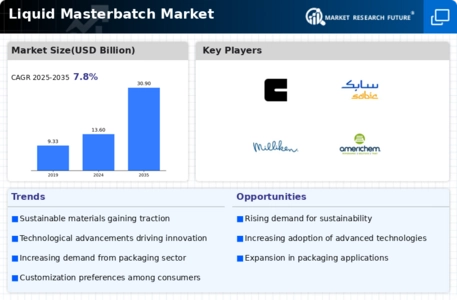
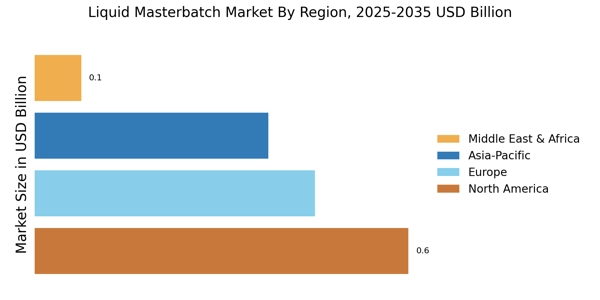
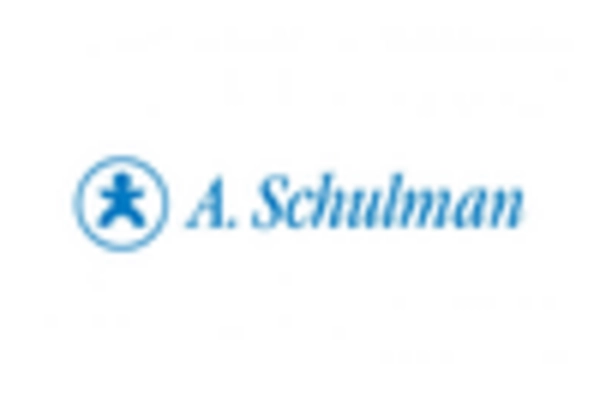
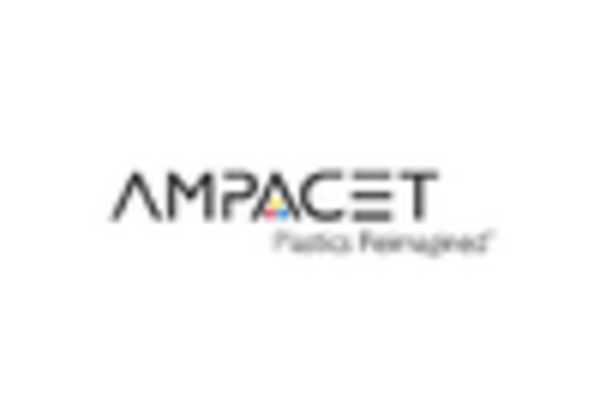
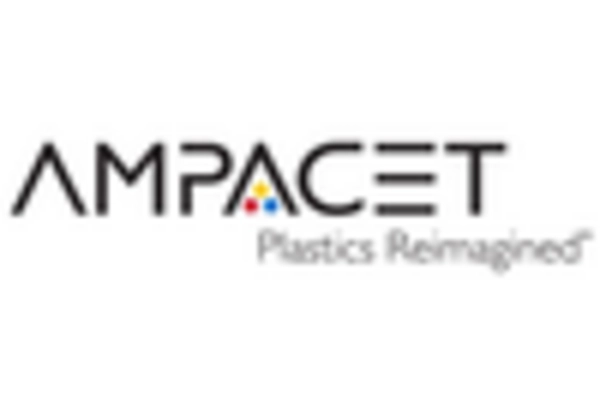



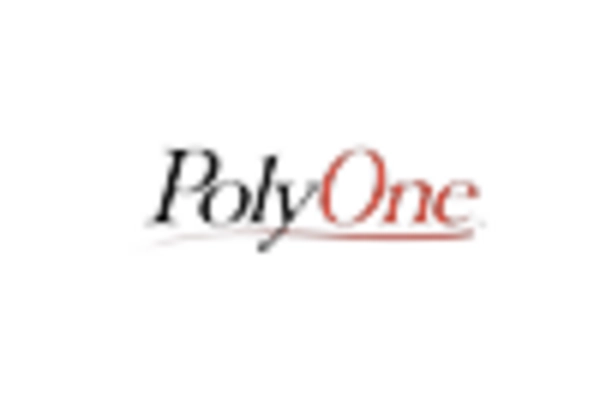









Leave a Comment